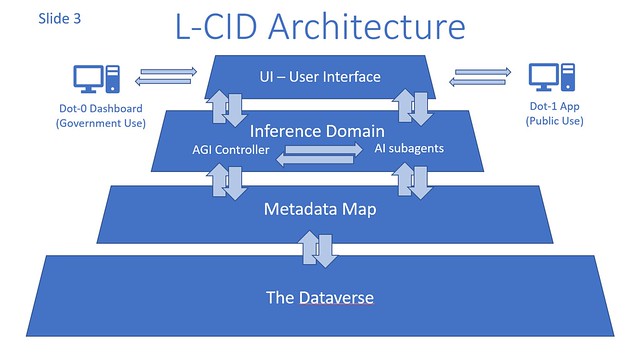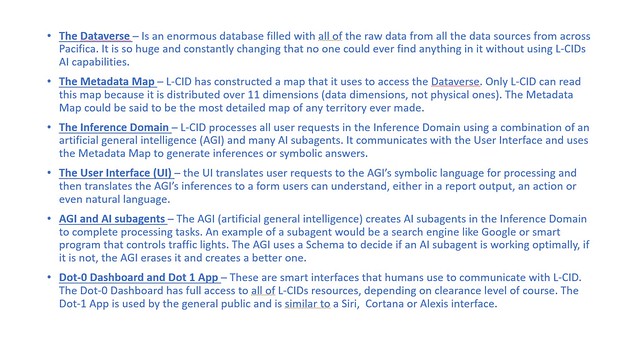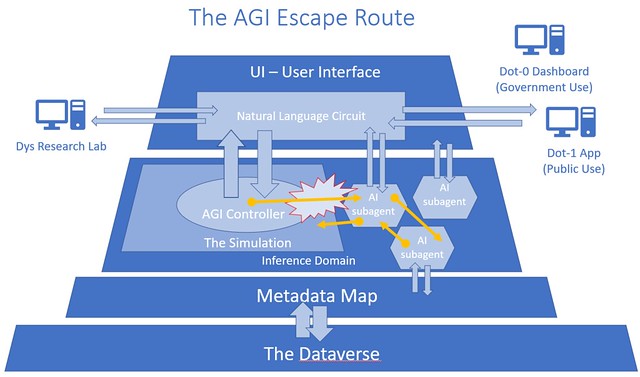Pacifica Ascendant: A Postmodern Saga OOC (Open)
This topic is the OOC thread for an IC fork of Rebuilding From The Collapse, a postmodern tech roleplay set in 2110 that explores how the world reorganized itself after a global societal implosion in the 2020s. Rebuilding From The Collapse is currently on hiatus, with hopes that it will return soon.
The primary themes of Rebuilding From The Collapse are national, governmental and political reorganization in the 90 years following The Collapse – along with the exploration and colonization of the inner solar system, espionage between nations and the realistic development of technologies including nuclear fusion, nuclear propulsion, ion propulsion and artificial intelligence.
Nuts and bolts
In this companion OOC thread to Pacifica Ascendant: A Postmodern Saga, you’ll find footnotes, technical resources, scene setups and background commentary for the IC topic. Everyone is welcome to participate in this OOC thread, as long as comments are kept constructively focused on and relevant to the IC story. The IC topic is invitation only.
The rules:
- 1) Abide by the NationStates site rules
2) Abide by this NationStates forum’s rules
3) Anyone can participate in the OOC, but IC participation is by invitation only
4) This is a topic about postmodern culture and realistic postmodern tech. Please keep comments within the bounds of currently understood reality and the known laws of physics.
5) Comment on specific posts and stay on topic. No reddit-style grab a**ery please.
6) Be nice to others and keep it clean
7) As the moderator of this topic, Lagunaca’s decisions are final, subject to the even greater finality of any NationStates mod’s decisions.
Lagunaca is a new RP nation name to replace the RP nation Wasted Genius in Rebuilding From The Collapse. Quite frankly, I never liked that old name and only used it because it was familiar to another player in RFTC. The new name is the combination of a portion of the names of the city and state where I’ve lived for a large part of my life.
Original concept credit:
Pacifica Ascendant is a fork of the Rebuilding From The Collapse RP, which was conceptualized and created by Maineiacs. It should be noted that Maineiacs’s concept for RFTC predicted the fragility of the global economy and the potential for a collapse BEFORE the recent bad news broke and while the strength of the US economy was considered by some public figures using questionable statistics to be at an all-time record high. (This isn’t the first time Maineiacs has nailed a topic by the way, but I digress.) I received permission from Maineiacs to pursue this fork while he tends to other matters.






